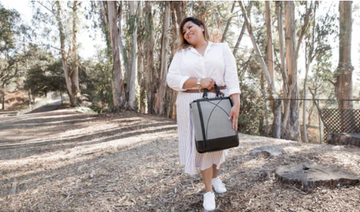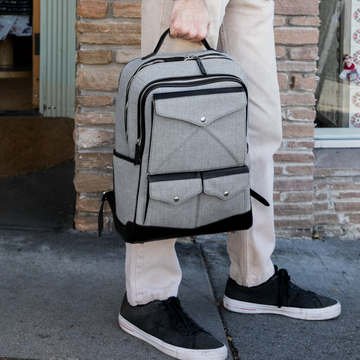Introduction
In today's fashion landscape, the demand for eco-friendly and sustainable products is on the rise. One area that has seen significant growth is vegan bags. These bags are not only cruelty-free but also environmentally friendly. In this comprehensive guide, we will explore everything you need to know about vegan bag materials, from their types and benefits to their impact on the environment.
What are Vegan Bags?
Vegan bags are accessories made without the use of any animal-derived materials such as leather, fur, or wool. Instead, they are crafted using alternative materials that mimic the look and feel of traditional animal-based products.
Types and Categories
Vegan bags come in various types and categories, each offering unique features and benefits. Let's explore some of the most popular options:
Cork
Cork is a sustainable and renewable material harvested from the bark of cork oak trees. It is lightweight, durable, and water-resistant, making it an excellent choice for vegan bags.
Piñatex
Piñatex is a innovative material made from pineapple leaf fibers. It offers a sustainable alternative to leather, with a similar texture and durability.
Recycled Plastic
Recycled plastic is another eco-friendly option for vegan bags. By repurposing plastic bottles and other waste materials, these bags help reduce environmental pollution.
Hemp
Hemp is a versatile plant material that has been used for centuries to make textiles. Hemp bags are durable, biodegradable, and require minimal water and pesticides to cultivate.
Mushroom Leather
Mushroom leather, also known as Mycelium leather, is a biodegradable material made from mushroom roots. It is soft, flexible, and can be produced with minimal environmental impact.

Symptoms and Signs
Identifying vegan bags is relatively straightforward, as they are usually labeled as "vegan" or "cruelty-free." Additionally, they may feature certifications from organizations such as PETA or the Vegan Society.
Causes and Risk Factors
The growing awareness of animal cruelty and environmental issues has driven the demand for vegan bags. Consumers are increasingly seeking ethical and sustainable alternatives to traditional leather products.
Diagnosis and Tests
There are no specific diagnostic tests for vegan bags. However, consumers can verify the authenticity of a product by checking its materials and certifications.
Treatment Options
The treatment for choosing a vegan bag involves researching different materials and brands to find the one that best aligns with your values and preferences.
Preventive Measures
To prevent the use of animal-derived materials in fashion products, consumers can opt for vegan alternatives and support brands that prioritize sustainability and ethical practices.

Expert Insights
According to fashion experts, the demand for vegan bags is expected to continue growing as consumers become more conscious of the environmental and ethical implications of their purchasing decisions.
Conclusion
In conclusion, vegan bags offer a stylish and sustainable alternative to traditional leather accessories. By choosing vegan materials, consumers can make a positive impact on the planet and support ethical fashion practices.







